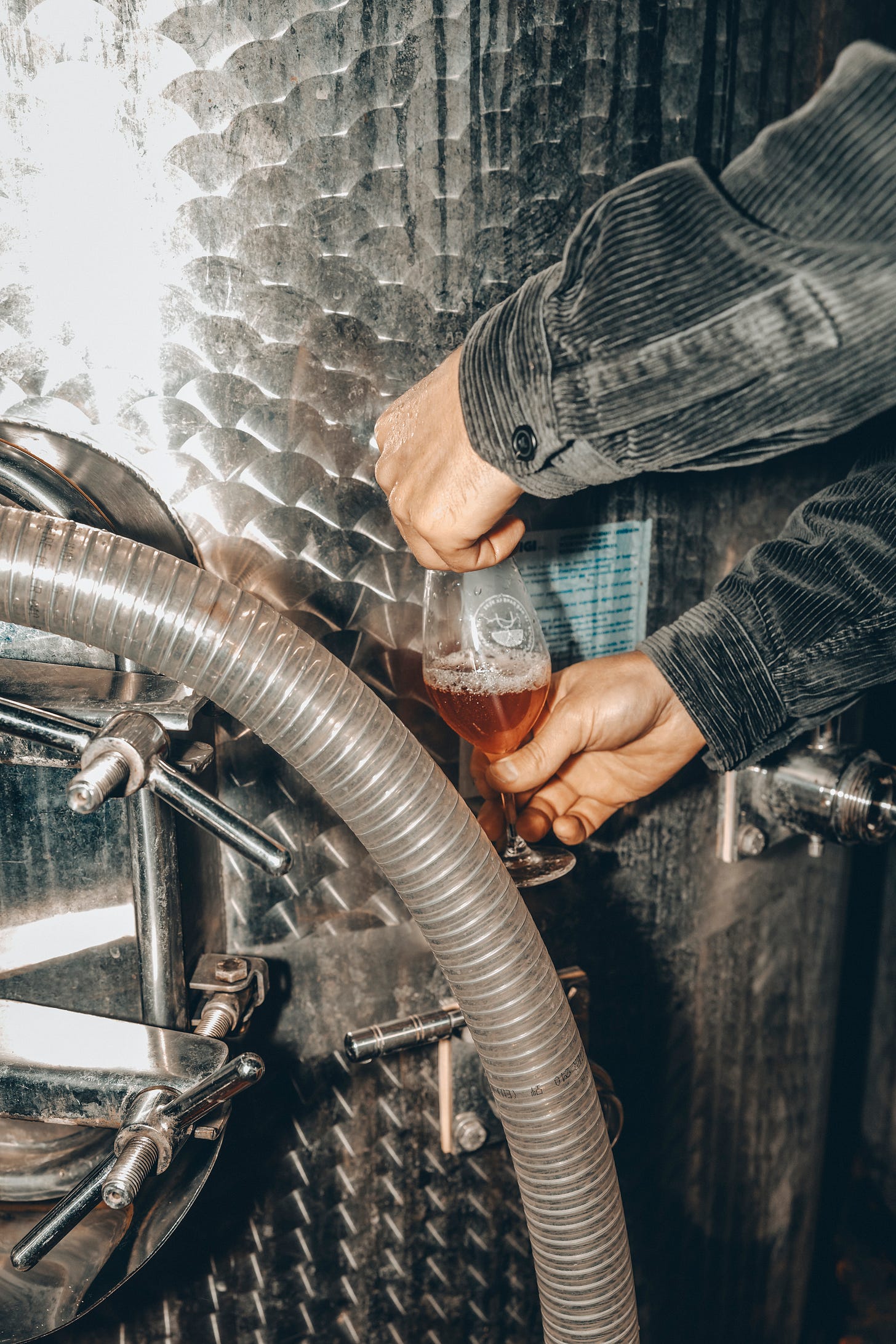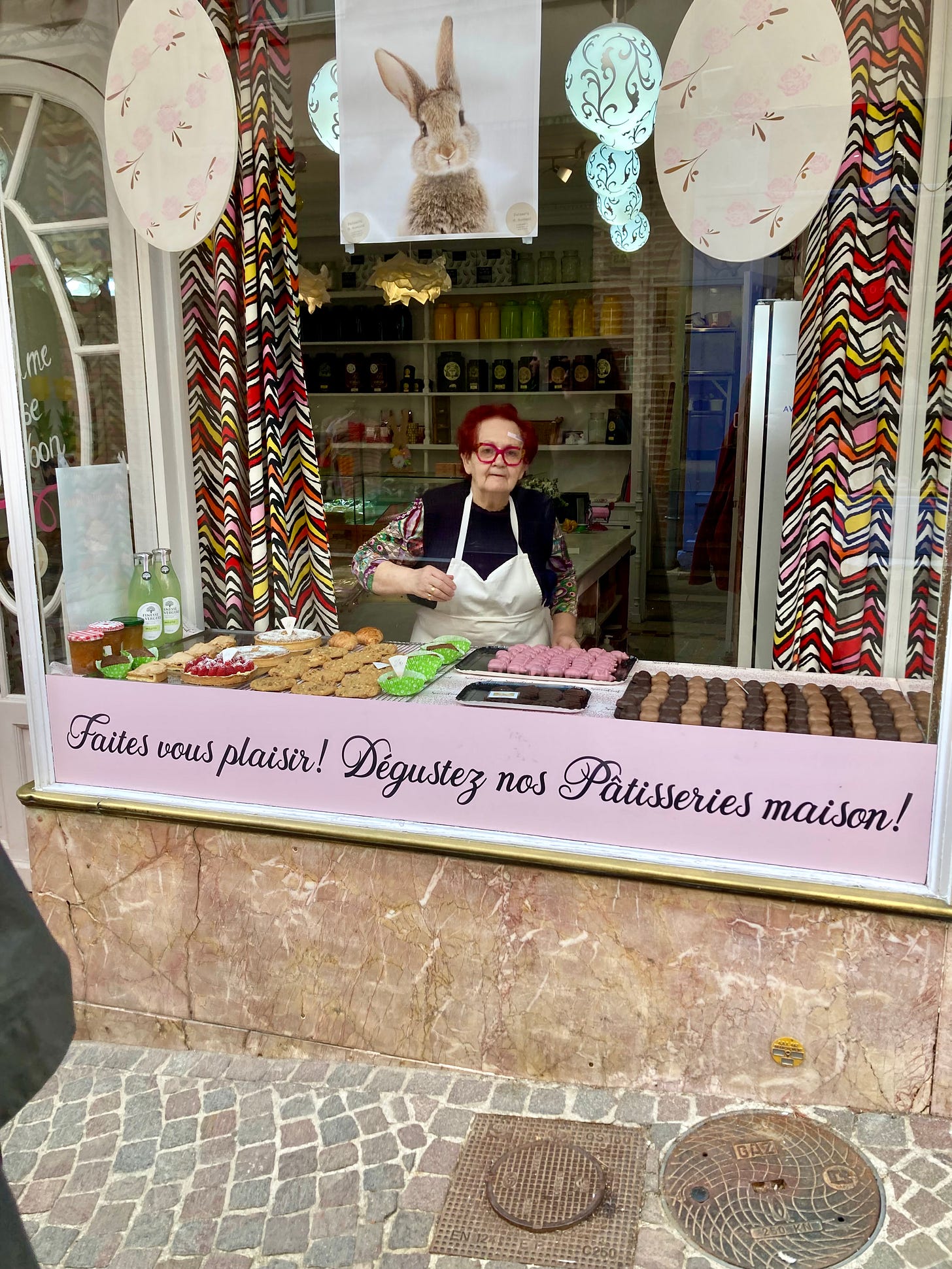How to get lost in France
If I agree with Clint Eastwood on one thing, it's that the world is divided into two categories of people: those who have the rope around their neck and those who dig.
I don't know if the expression exists in English, but in French, we speak of “ploughing your own furrow” to say that one traces one's path, that one chooses one's path in total independence. But in a country like France, where I was born and where I live, one of the most visited countries in the world, it's increasingly difficult to get off the beaten track.
Convinced that a body in motion allows us to better understand our place in the world, my aim is to restore a taste for escapism and lost paths, instilling a compelling need to waste time, to do nothing, and ultimately to do everything better by rediscovering ourselves through travel.
Today, there's an app for everything: to take the right route, to find the right restaurant, to drink the right wine, to rate the best hotel... We walk like the living dead on paths marked out by robots. Acceleration and optimization are distancing us from real experience and imposing a capitalist vision of time and space.
In Praise of the Detour
Today, the detour is an act of resistance. It's through detours that we get off the beaten path, regain control of our time and our bodies, and discover what others have not.
Taking the time to experience the road means rediscovering a taste for adventure, the traveler's instinct and a sensitive relationship with geography. Detouring also means making new encounters, relearning a different way of life and opening up the field of possibilities. It means freeing yourself from computer-generated routes, restaurants known only by their Instagram handles , and tourist traps that have paid for the right to call themselves attractions . As the saying goes, “don't ask for directions, you might not get lost”.
My promise to you : real French detours, every two weeks
This newsletter will be built around itineraries in the French countryside, discovering places that allow you to experience the country in all its diversity and in all the best it has to offer.
Paid content gives you access to :
A precise itinerary: How to get there (by car and public transport), and how much time to allow.
Where to spend the night (charming hotels and local inns...)
Where to eat: locavore restaurants, local deli , farm stores, village markets…
Where to drink: authentic bars, winegrowers' addresses, wine merchants, cider and spirits producers…
Where to spend your money: flea markets, bookshops, craft stores, local specialties, galleries, local designers…
Where to enjoy life “à la française”: museums, vistas , cultural and religious landmarks , picnic or swimming spots, picturesque vantage points for reading a book…
The chance to join an active discussion channel on how to enjoy your travels in France and cooking topics.
On a regular basis, on Notes, I'll be sharing original French recipes, photos and videos of the most beautiful places I've visited in France.
I'd also like to share a few definitions of typical French words that may be useful for your perfect immersion and improve the quality of your trip.
Who am I? or, more commonly, About Me
As a journalist and author of travel guides and cookbooks, I've been exploring rural France for over 15 years. Through my work, I pay particular attention to agriculture that respects the living world, to wines, especially natural wines, and to craftsmanship. I've patiently built up a network of talented, committed producers all over the country. I'm also writing a reference guide to rural France, and I consider my Substack to be an exclusive spoiler for this guide.
For those who wish to broaden their perspectives, each itinerary will be studied with the help of the thought of great authors and illustrated by the lived experience of these paths.
With a fortnightly newsletter and the aim of covering the whole country, How to get lost in France offers a new way to travel in France.








